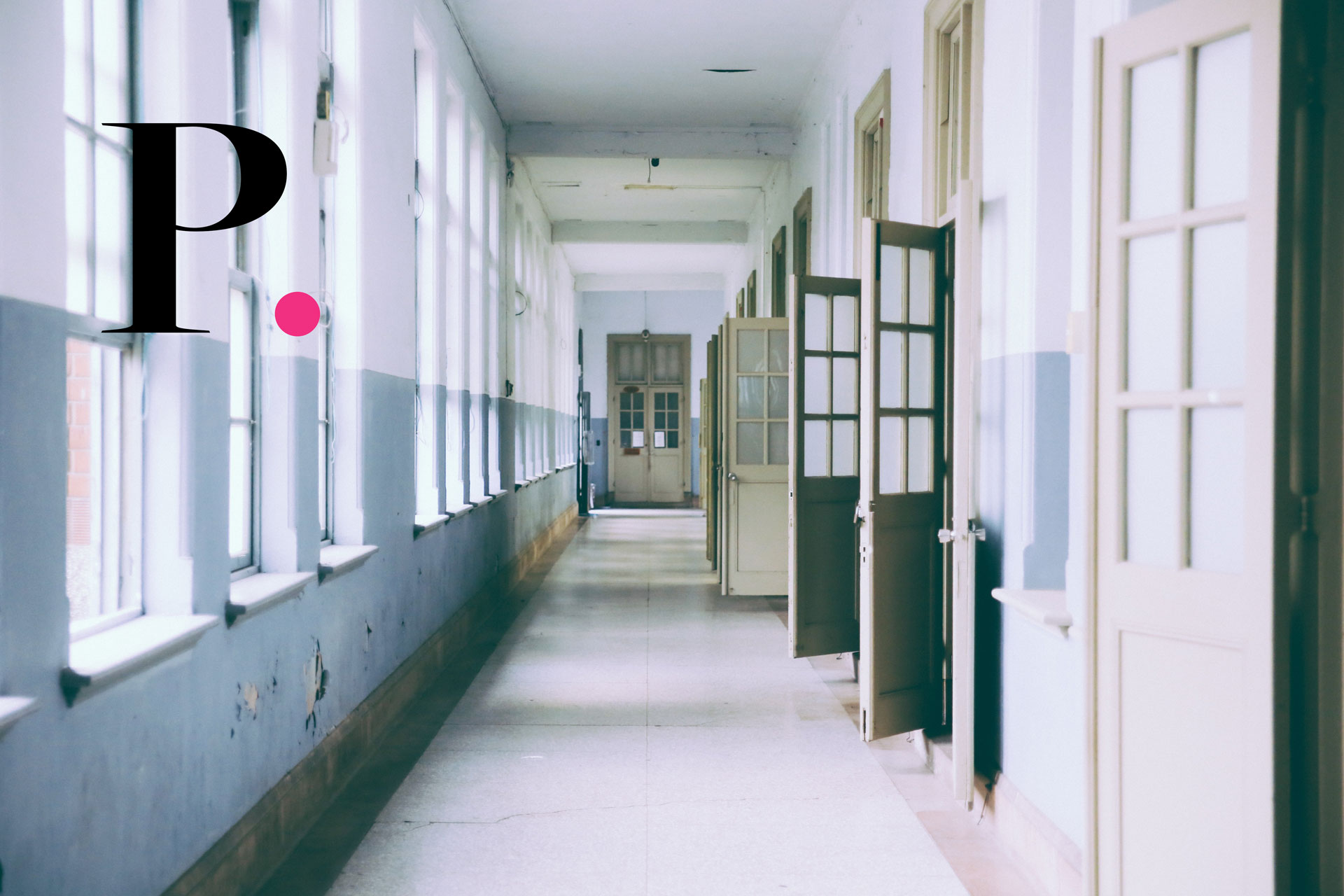This week, UK higher education providers have been advised by the government not to promise students an on-campus experience for the following academic year, but instead just outline generally “how things might unfold”. As a consequence, University of Cambridge (UK) has been the first major education institution to announce that all its lectures will be happening online for the whole next academic year because of ongoing pandemic restrictions
Higher education providers are not the only ones adopting these measures, and the landscape seems not to be very different from the rest of the world. Social distancing measures will have a severe impact not only in the way we learn, but also in the way educational spaces are designed. If until not so long ago we were asking ourselves whether school facilities and educational infrastructures are sufficiently modern to adapt to the young generations’ needs and innovative teaching methods, now the game has changed. We are still asking ourselves the same question without having reached a precise answer, yet the pandemic situation is forcing us on a new card to play: social distancing.
There is no news about the fact that education nowadays is provided in more or less the same way it used to be for our parents, grandparents or even great-grandparents. The educational landscape has had little variations to how it was defined about a hundred years ago, when the industry was the engine driving the economy. Little adjustments have been made over the years, however the fundamentals remained the same: education facilities based on cubical units (knows as classrooms) spanning on long hallways, which run a curriculum meant to instruct students to memorize and reproduce what their teachers preach in front of them. No matter what skills, interests or talents each student has. Success appears to be often valuated based on the quantity of the information stored rather than the quality and relevance of the information each individual acquires. As a result, almost like in an industrial revolution era factory, the set of skills each student develops through traditional education are mere duplicates. Yet, today’s economic engine has switched due to the digital revolution, hence, the question: how would this need to be reflected onto education spaces and the ways of learning?
Read more about key strategies in improving post-Covid learning environments here.
What is there to invest in?
Education is said to be a lifelong investment in personal enrichment and a successful life. By investing in education (teachers’ development, curricula and education spaces and buildings) we actually invest in children, their future, the economy and the quality of the society that we all end up living in. An education system based on the industrial model can no longer be efficient today in developing skills and preparing individuals in an economy run by cloud technologies and digitalization. As human beings we need to interact with each other not only virtually, but also physically (even if currently there is to consider the social distancing). Education spaces are the first ones that, since a very young age, should teach us how to be part of a community, how to behave, how to learn and make decisions, to take challenges and how to grow into fulfilled adults ready to thrive. Winston Churchill once said that “We shape our buildings and thereafter they shape us.” – which puts me into thinking: what do the current traditional school buildings make us and yet, how should the new school buildings be like in order for students to be all geared up for the adult working life?
The world is changing at a dazzling speed and because we probably do not want today’s politicians telling future generations of teachers and students how to live and learn, sustainable solutions should lie into flexible environments ready to wrap around and adapt to their users. These, however, should be provided by specialized architects.
“We shape our buildings and thereafter they shape us.“
Winton Churchill
How much is there to invest?
Schools designed today are more efficient than the traditional ones because they use more of the built space for teaching and learning activities by minimizing the space needed for circulation and utilities. A new school project with an optimized design planning can accommodate up to 15% more space for education activities than a traditional school could provide, given both have the same total size. In other words, if we invest in renovating an existing facility, because of its robust configuration, we should be aware that this will end up providing 15% less education space.
Construction-wise, today’s building techniques are a lot more efficient than the traditional ones from the cost and time perspective – lightweight interior walls and partitions are less expensive, faster to build and remove, when compared to heavy masonry that most traditional schools have. Last but not least, green technologies and sustainable action plans can reduce the energy consumption and water use, which at the end of the day translate into reduced utility bills and also lower maintenance costs.
Who is willing to take a leap and put money in?
Multipurpose spaces or certain training or research facilities from schools can be part of joint agreements with other public or private institutions or even private companies, as part of the community they are part of. Often, these spaces can be created using alternative sources of funding, thus reducing substantially the capital expenditures a school development would normally entail. This would be a more complex topic to develop by itself, nevertheless we should be aware that where there is a will, there will always be a way.
Bottom line: the benefits?
The take-home idea should be what are the new skills the young generations should be acquiring and developing in order to build a solid background for a successful career. Is the school of today able to train them? Now we are almost two weeks away before the school is officially over and ready for the summer break, therefore a lot of time to reflect and consider. Most of us would probably be inclined to believe that the education curriculum is the main driver for a sound education. However, if we were to imagine the curricula to be a ‘software’ whereas school buildings themselves are the ‘hardware’, the question is: can we run a state-of-the-art application in an obsolete equipment?
Articol authored by Arh. Miruna Pavoni and originally published on Business Review.





